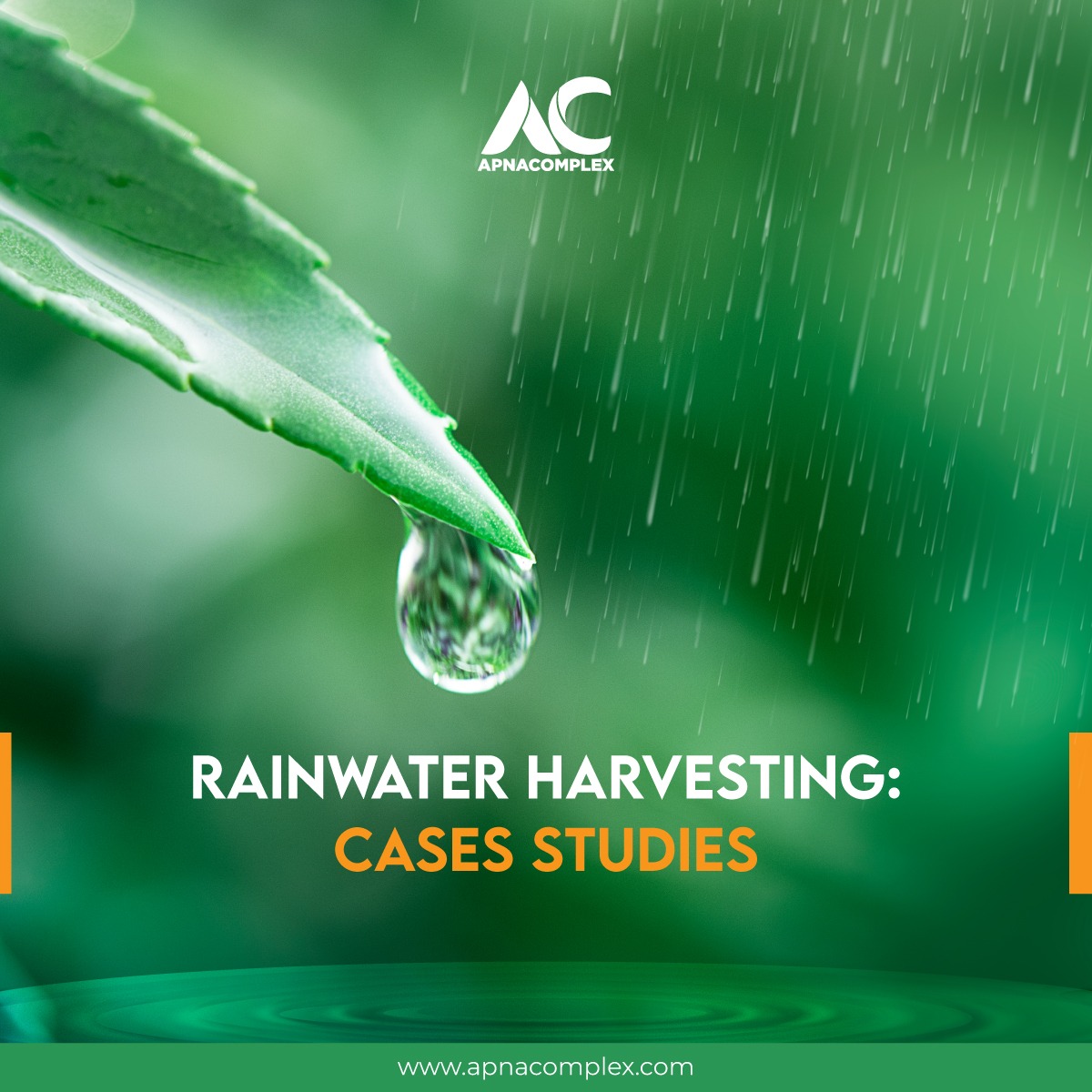Drinking, Cooking, Cooling, & Disaster Management: How Rainwater Harvesting is promoting Water-Sufficiency
Product News disaster management, rainwater harvesting, saline water, water conservationWhen conducted properly, rainwater harvesting has the potential to reverse the current water crisis in India. In fact, this is the driving reason behind the increasing governmental push towards mandating rainwater harvesting in high-consumption domestic and commercial areas. Many housing societies have also taken proactive steps to install and maintain RWH structures on their premises.
However, the reality fell short when the existing RWH system was inadequate in recharging the existing groundwater supply across many such communities. Yet, there are also many success stories where companies and households have successfully turned the tide, not only replenishing their groundwater supply, but also gaining water positivity. This refers to cases where the RWH system successfully replenished more water than consumed.
Getting the Right RWH system
Investing in a well-planned RWH can have a multi-faceted and long-lasting impact. Our case studies show that its effects on residents’ quality of life can be invaluable. These include a household that moved from using RWH for non-essential to essential uses like drinking or cooking. In another case, RWH reversed the salinity of the household tubewell. In all these cases, we have also seen water positivity.
Here are four case studies that show the effectiveness of planned and design-based RWH:
Case study 1: Improving the TDS quality
RWH offers one of the most effective means of replenishing groundwater while improving its TDS quality. These results were seen at Mrs. Preetiben Adani’s bungalow when she decided to invest in RWH to address the decreasing water levels of the tube well at her Ahmedabad bungalow. In addition, the landscape area around the tubewell was turning pale yellow from green. This was due to the high-TDS saline water from the tubewell. Such saline water can have adverse health effects, including gastrointestinal and stomach illnesses like nausea, vomiting, and cramps.
To address this, an RWH specialist team suggested a surface rainwater harvesting system to capture, filter and divert, silt-free runoff into the saline aquifer. With time, the harvested rainwater diluted the groundwater aquifer from 2800 TDS to almost 1300 TDS!
Case study 2: Good enough to drink!
Typically, RWH in households is used for non-essential uses like flushing water or gardening. This is because the quality of filtered water in a conventional or traditional RWH structure is uncertain. Unless one checks the quality, it can be highly unsuitable for consumption. However, Ramendubhai Parikh, a bungalow owner in Gujarat, decided to put his faith in rainwater instead of any external water supply. When filtered in the right manner, we can retain all the necessary minerals and rainwater’s optimal pH.
To be sure of the quality, he consulted RWH specialists to install a filtration module and store rainwater in a 35,000 litre tank with internal tiling. The overflow from the tank was directed towards their tube well, which also helped in bringing up its water level. In addition, TDS levels
improved significantly. The family adapted the Ayurvedic concept of storing the filtered rainwater in a copper tank overnight with highly encouraging results.
Case study 3: Self-sustainability with cooling
An RWH system can have unexpected benefits, such as creating a cooling environment for a home. This is what happened when Bankimbhai Pandya, an Architect from Ahmedabad, decided to conserve and use rainwater for his new bungalow during its construction in 2009. For this purpose, an RWH specialist suggested harvesting rooftop rainwater which would be filtered and stored in an underground tank with 35 thousand litres capacity. The tank was installed under the living room which was at the centre of the house.
Today, the household has successfully achieved water positivity. As an added benefit, the water, stored at the epicentre of the house, absorbs the heat from the surrounding concrete and gives a natural cooling effect.
Case study 4: Disaster Management
Water is life giving, but it can also turn into a deadly force. However, we can lessen the impact by planning proper drainage which diverts the water to hungry aquifers. Recharge wells, part of a RWH system, can be deployed as vertical drainage systems that push surface water back into the groundwater system.
Gandhinagar Electronic Zone Industries Association leveraged a modular RWH system to filter heavy silt load in its surrounding streets. Not only was the association able to recharge wells with about 17 crores litres of water every year, it also successfully avoided storm drainage in the entire industrial area.
These case studies show how properly planned modern rainwater harvesting systems are slowly changing the landscape one project at a time. With the recharging of groundwater, it is also improving the quality of life where deployed, from improving the quality of drinking water to reducing the impact of natural disasters.
